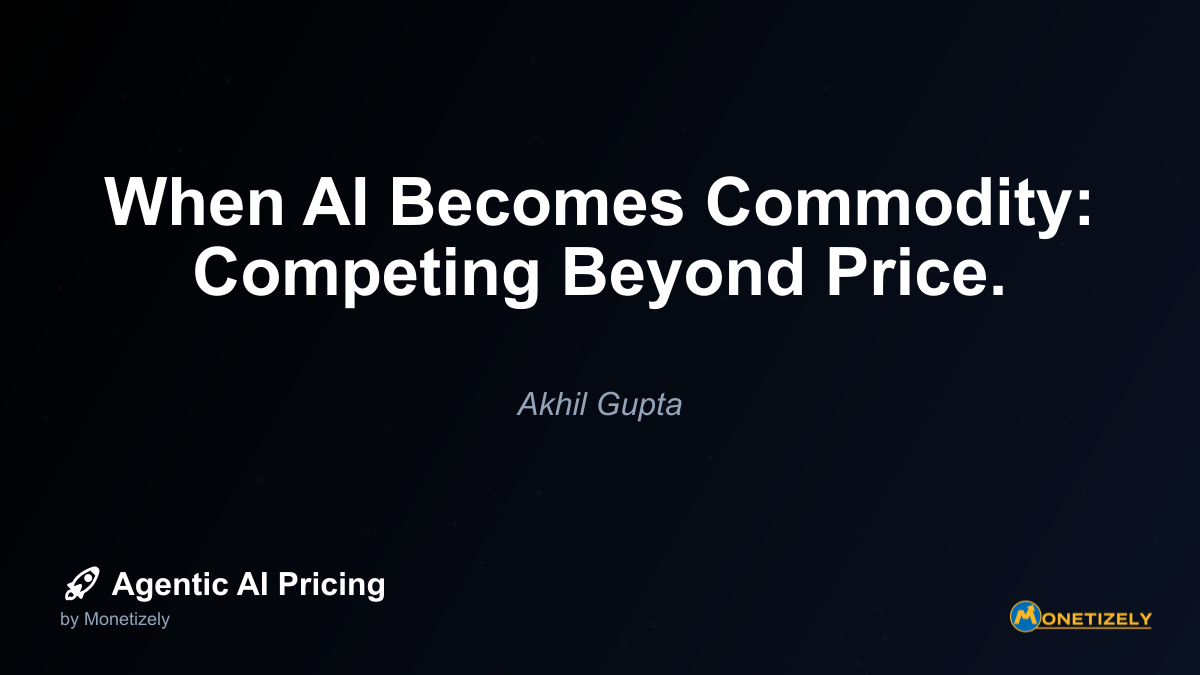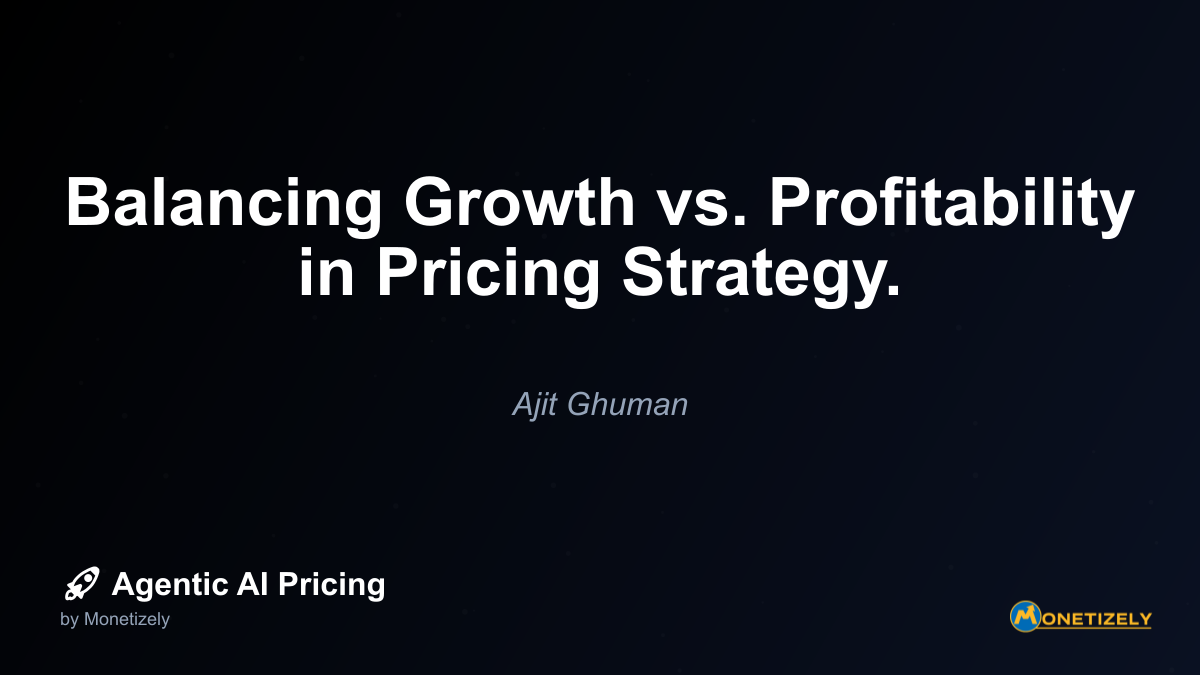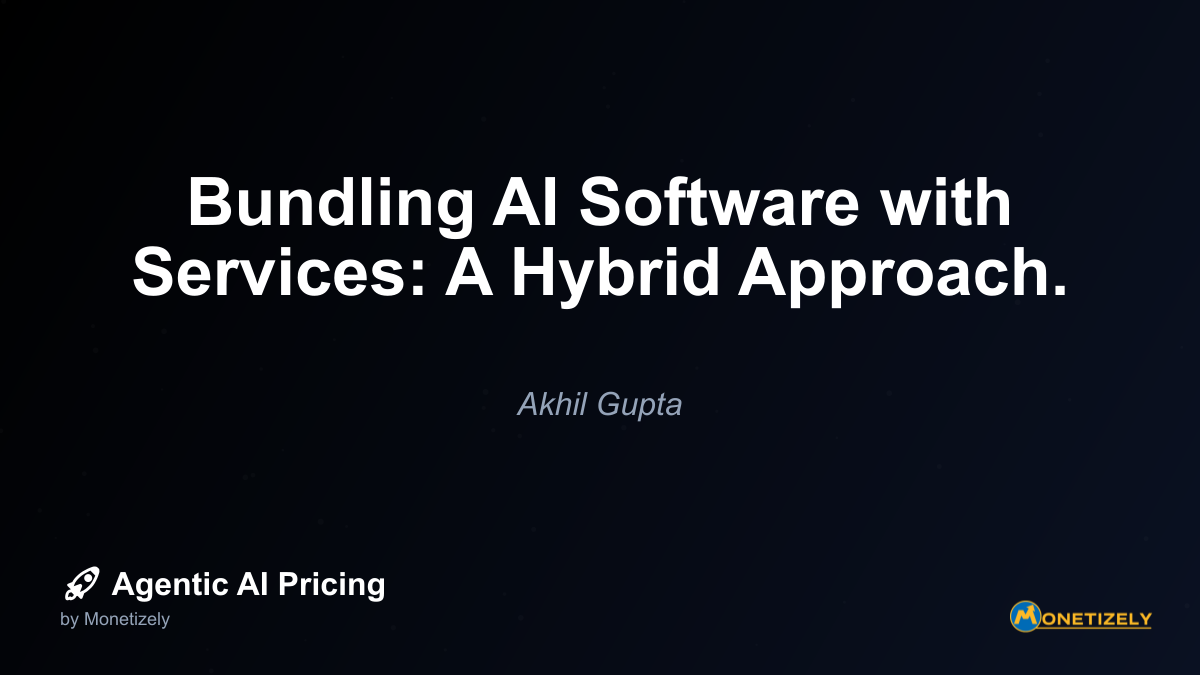· Akhil Gupta · Strategy & Planning · 7 min read
Using Pricing Strategy as a Competitive Advantage.
AI and SaaS Pricing Masterclass
Learn the art of strategic pricing directly from industry experts. Our comprehensive course provides frameworks and methodologies for optimizing your pricing strategy in the evolving AI landscape. Earn a professional certification that can be imported directly to your LinkedIn profile.

Case Studies: Pricing as a Competitive Weapon
Amazon Prime: Membership as Differentiation
Amazon Prime stands as perhaps the most successful example of using pricing structure as competitive differentiation. By bundling fast shipping with an expanding array of services under a single annual membership fee, Amazon created a pricing model that:
- Increased purchase frequency and customer loyalty
- Raised switching costs for customers
- Created a sustainable competitive advantage that competitors struggled to match
- Established a recurring revenue stream that funded further innovation
What began as a simple shipping program evolved into a comprehensive ecosystem that fundamentally changed consumer expectations across multiple industries. The genius of Prime lies in how it transformed shipping—traditionally viewed as a cost center—into a profit-generating loyalty program that competitors have spent billions trying to replicate.
HubSpot: Aligning Price with Customer Growth
HubSpot revolutionized marketing software pricing by creating a model that grows with customer success. Their tiered approach based on contacts database size means:
- New customers can start small with minimal risk
- Pricing naturally scales as customers derive more value
- The model inherently encourages product adoption and expansion
- Customer success directly correlates with HubSpot’s revenue growth
This approach created a fundamental alignment between HubSpot and its customers that traditional per-seat licensing models couldn’t match. It differentiated HubSpot from competitors who charged flat rates regardless of usage or value received.
Adobe Creative Cloud: Transforming Industry Economics
Adobe’s shift from perpetual licensing to subscription fundamentally changed the software industry. By moving to Creative Cloud, Adobe:
- Lowered initial purchase barriers while increasing lifetime value
- Reduced piracy through cloud-based validation
- Created predictable, recurring revenue streams
- Established continuous delivery of new features rather than major version releases
This pricing transformation not only revitalized Adobe’s business model but forced competitors to follow suit or be left behind with outdated pricing approaches. The company effectively used pricing strategy to redefine an entire industry’s economics.
How to Develop Pricing as a Competitive Advantage
1. Map Your Competitive Landscape
Before developing a differentiated pricing strategy, thoroughly understand your competitive environment:
- Identify direct and indirect competitors: Don’t limit analysis to obvious rivals; consider alternative solutions customers might choose.
- Document competitor pricing models: Look beyond headline prices to understand structure, terms, and conditions.
- Analyze competitor positioning: Determine if competitors position as premium, value, or somewhere in between.
- Identify pricing pain points: What frustrates customers about existing pricing approaches in your market?
This analysis provides the foundation for identifying opportunities to differentiate through pricing innovation.
2. Align Pricing with Your Value Proposition
Effective pricing differentiation reinforces your broader value proposition:
- Premium players should embrace value-based pricing that reflects superior quality
- Innovators might employ outcome-based models that demonstrate confidence
- Efficiency leaders should consider transparent, simplified pricing structures
- Relationship-focused businesses might adopt partnership-oriented pricing models
When pricing structure and brand positioning work in harmony, the competitive advantage becomes more sustainable and difficult to replicate.
For more on aligning pricing with your unique value proposition, read our detailed guide.3. Create Customer-Centric Pricing Innovation
The most effective pricing differentiation addresses specific customer pain points:
- Complexity frustration: Develop radically simplified pricing where competitors offer complexity
- Budget uncertainty: Offer predictable pricing where competitors create variability
- Risk aversion: Implement performance guarantees where competitors require payment regardless of outcomes
- Flexibility needs: Create modular pricing where competitors offer only rigid packages
By addressing these pain points, your pricing becomes a solution in itself, not merely a necessary transaction cost.
4. Test and Refine Your Approach
Pricing differentiation requires ongoing experimentation and optimization:
- A/B test different models with market segments to measure response
- Gather qualitative feedback on how pricing affects purchase decisions
- Monitor competitive responses and be prepared to adapt
- Track key metrics including conversion rates, customer acquisition costs, and lifetime value
The most effective pricing advantages evolve through continuous refinement based on market feedback.
Defending Your Pricing Advantage
Creating a pricing advantage is only the beginning—defending it against competitive responses requires strategic foresight:
Anticipate Competitive Reactions
When you successfully differentiate through pricing, competitors will react. Anticipate these responses:
- Direct imitation: Competitors may simply copy your approach
- Price wars: Some may attempt to undercut your pricing
- Bundle creation: Others might package additional services to increase perceived value
- FUD campaigns: Expect competitors to highlight perceived risks in your innovative model
Preparing for these responses before they occur allows you to maintain your advantage when challenged.
Build Structural Advantages
The most defensible pricing advantages are built on structural business model elements that competitors cannot easily replicate:
- Scale economies that allow for more aggressive pricing
- Proprietary data that enables more accurate value-based pricing
- Ecosystem integration that increases switching costs
- Network effects that create increasing value with customer growth
When these structural advantages underpin your pricing strategy, competitors face significant barriers to imitation.
Continuously Innovate
Perhaps the most effective defense is continuous innovation in your pricing approach:
- Regular experimentation with new pricing structures
- Ongoing customer research to identify emerging pain points
- Proactive model evolution before competitors catch up
- Cross-industry inspiration to bring novel approaches to your market
By treating pricing as an area for continuous innovation rather than a static decision, you maintain a moving target that competitors struggle to match.
The Risks of Pricing Differentiation
While pricing can create powerful competitive advantages, it also carries risks that must be managed:
Customer Confusion
Innovative pricing models can sometimes confuse customers accustomed to industry norms. Mitigate this risk through:
- Clear, transparent communication about how your pricing works
- Simple calculators or tools that help customers understand costs
- Comparison charts showing value relative to traditional approaches
- Case studies demonstrating real-world cost scenarios
Internal Resistance
New pricing approaches often face internal resistance, particularly from sales teams comfortable with existing models. Address this through:
- Comprehensive training on communicating the new approach
- Transitional compensation structures that reduce perceived risk
- Clear demonstration of how the model benefits both customers and the company
- Pilot programs that build confidence before full rollout
Implementation Challenges
Even the best pricing strategy fails if execution is flawed. Ensure success through:
- Robust systems for implementing complex models
- Clear ownership of pricing within the organization
- Regular audits to ensure pricing integrity
- Feedback mechanisms to identify operational issues quickly
Beyond Price: The Holistic Competitive Advantage
The most powerful pricing advantages don’t exist in isolation but as part of a comprehensive competitive strategy:
Product-Pricing Alignment
Your pricing model should naturally complement your product strategy:
- Feature-rich products support tiered pricing structures
- Highly configurable solutions enable modular pricing
- Products with clear ROI enable performance-based approaches
- Platform products support ecosystem-based pricing models
When product development and pricing strategy work in concert, the competitive advantage becomes significantly stronger.
Customer Experience Integration
Pricing should enhance rather than detract from the overall customer experience:
- Purchasing processes should reflect the simplicity or sophistication of your pricing
- Customer success metrics should align with pricing structures
- Renewal and expansion processes should flow naturally from initial pricing models
- Support offerings should complement the value proposition embedded in pricing
Brand Reinforcement
Your pricing approach should strengthen rather than contradict your brand positioning:
- Premium brands should avoid discount-oriented pricing
- Transparency-focused brands should avoid complex or opaque structures
- Innovation-led brands should embrace novel pricing approaches
- Customer-centric brands should prioritize alignment with customer success
Conclusion: Pricing as Strategic Differentiation
In markets where product features are quickly matched and service quality is increasingly table stakes, pricing strategy represents one of the last sustainable frontiers for meaningful differentiation. The companies that succeed in the coming decade will be those that view pricing not as a mere revenue mechanism but as a core strategic asset that communicates value, addresses customer pain points, and creates defensible competitive advantages.
By approaching pricing with the same level of strategic consideration, creative thinking, and continuous innovation that you apply to product development, you can transform what many view as a necessary evil into a powerful competitive weapon. The most successful companies don’t just create better products—they create better ways for customers to buy and derive value from those products.
As markets continue to evolve and competition intensifies, your pricing strategy may ultimately become as important as your product itself in determining your competitive position. The question isn’t whether you should differentiate through pricing, but how quickly you can begin the journey before competitors seize the opportunity first.
Co-Founder & COO
Akhil is an Engineering leader with over 16+ years of experience in building, managing and scaling web-scale, high throughput enterprise applications and teams. He has worked with and led technology teams at FabAlley, BuildSupply and Healthians. He is a graduate from Delhi College of Engineering and UC Berkeley certified CTO.
Pricing Strategy Audit
Let our experts analyze your current pricing strategy and identify opportunities for improvement. Our data-driven assessment will help you unlock untapped revenue potential and optimize your AI pricing approach.




